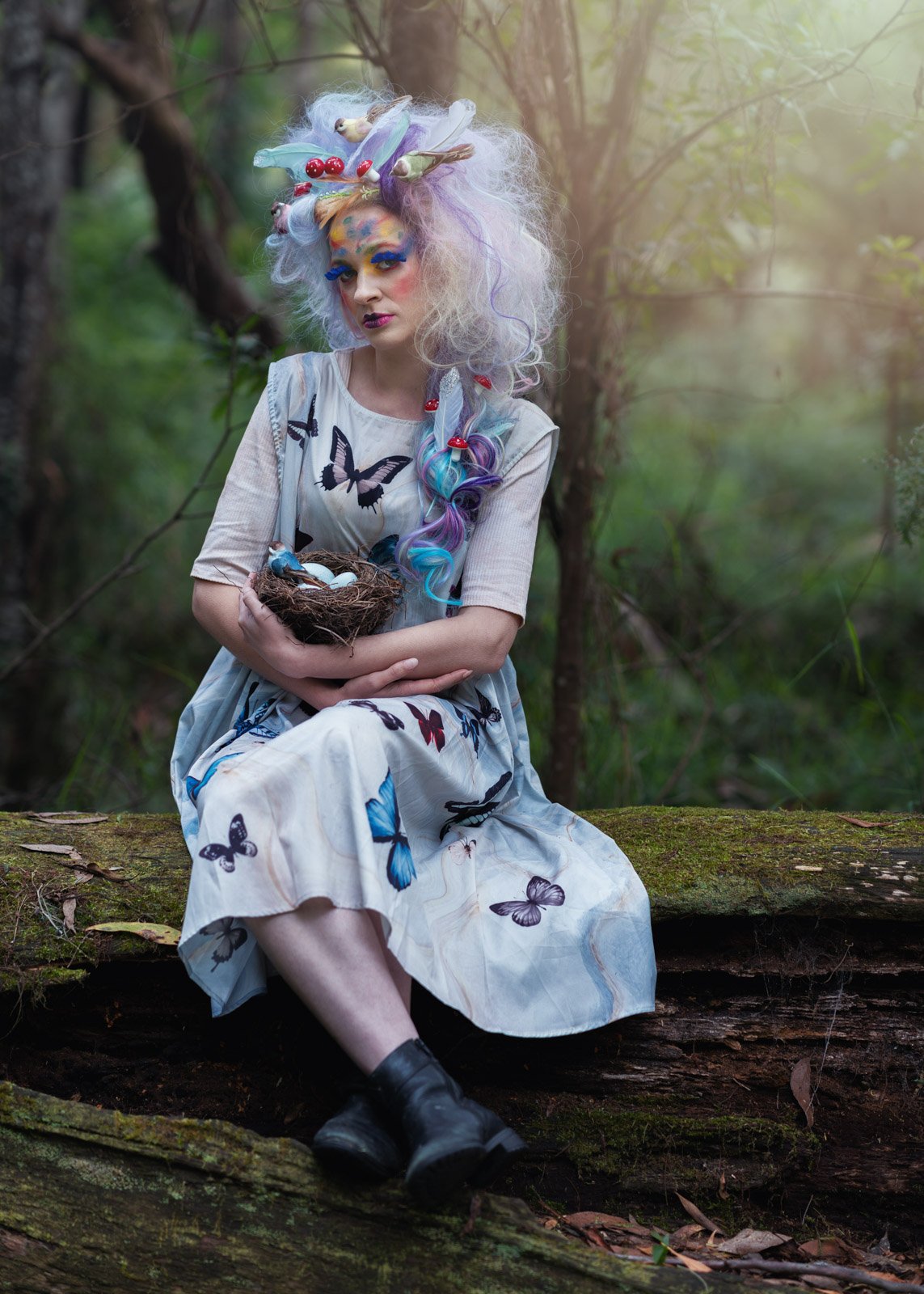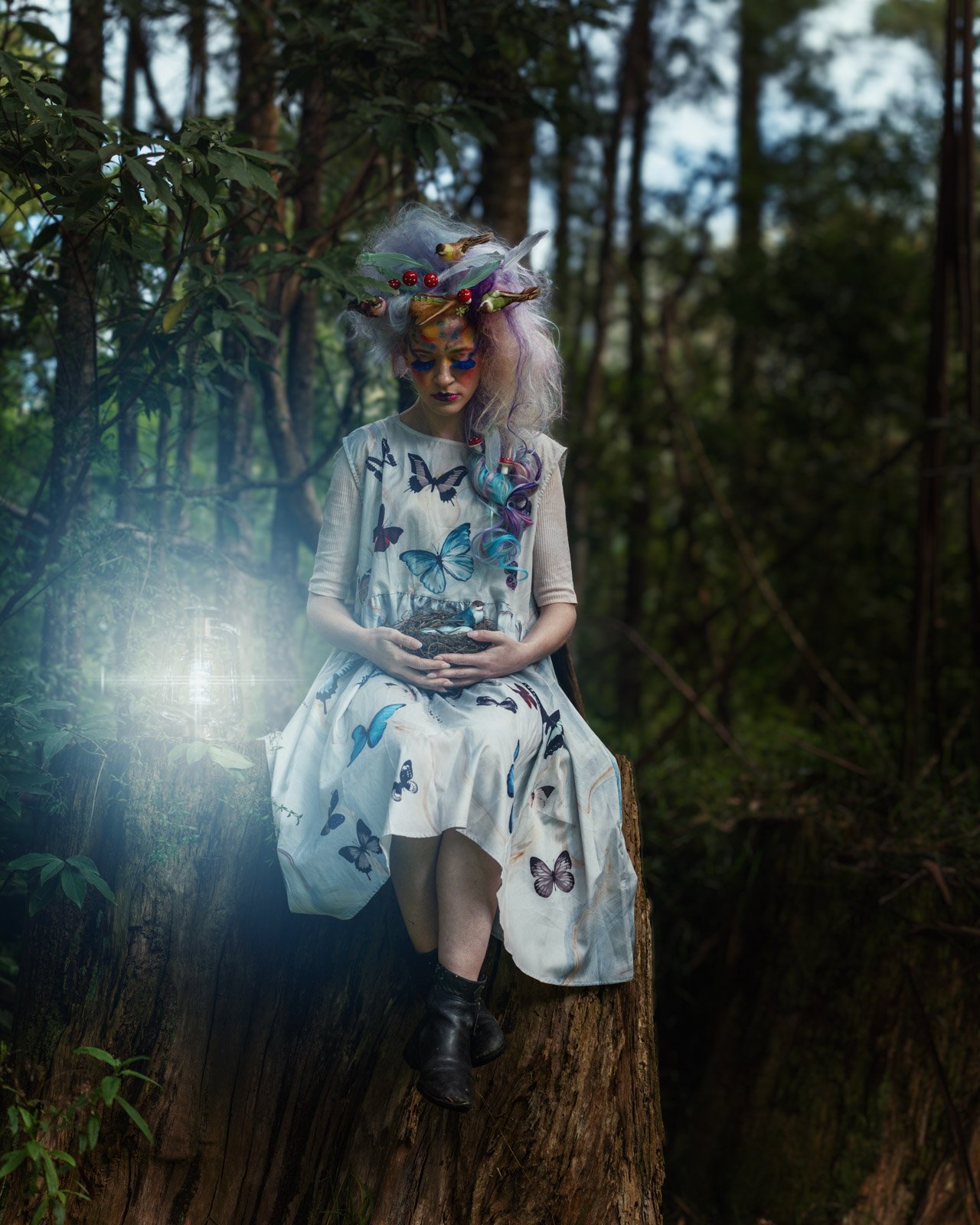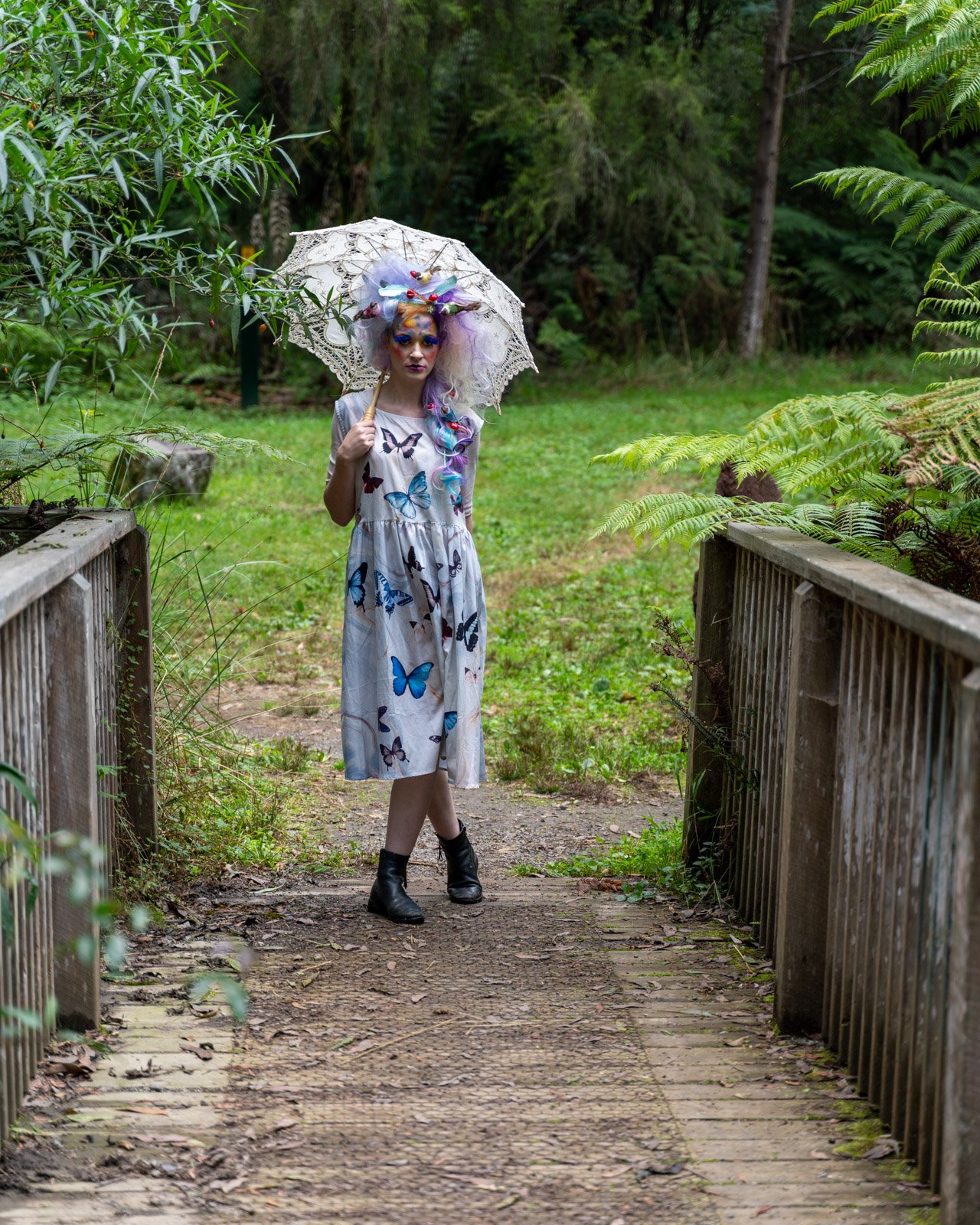Creative portraits - shooting for the blur
Sony 85mm f/1.4
Nothing quite like a creative portrait and shooting for the blur. Especially when it comes to shooting on location. My home studio is fairly small, so I can't shoot effectively with my 85mm lens or a 70-300mm lens. Well, at least not full body shots.
Why blur?
Well, blur is just so dreamy. I know not everyone likes it, but for those who do - it's simply delicious. For fantasy fairytale-like creative portraits that I adore creating I simply adore it. Sadly in my small home studio creating blur on full-length body shots is quite challenging. But get me on a location shoot, that's quite another story.
Sony 85mm, f/2.0
Best lenses for blur
I have two go-to standard lenses for blur, my Tamron 70-300mm and my Sony 85mm. Dreamy. Why these two lenses? Well, it comes down to lens compression and the different focal lengths. It all also depends on the distance between you and your subject, as well as the distance of your subject from the background. The larger either distance the more blur (usually). My 85mm lens whether for headshots or full-length shots has a gorgeous amount of blur, as I generally have to stand back a fair distance. Obviously closer for headshots, but if there is enough distance in the background, there is plenty of blur. In the images below the 85mm offers the most gorgeous soft blur. The Tamron 28-75mm lens offers very little blur even at f/2.8, whereas the Tamron 70-300mm offers more blur even at f/4.5 at 70mm.
Best aperture for blur
Generally speaking, the aperture determines the depth of field in your image. The smaller the number say f/1.4 has a small depth of field (more blur) compared to a larger number like f/6.3. Keep in mind the smaller the number of the aperture the bigger or wider the actual aperture is. Confusing right? It's all about fractions. F/1.4 is considered wide open. However, it also depends on the distance from you to your subject, the distance from your subject from the background, the actual aperture and the lens.
Tamron 300mm, f/6.3
Even though the above image is f/6.3, as I was quite a distance from my subject, using the 300mm end of my lens and my subject is a fair distance from her background it has loads of blur, while my subject is well focused. Whereas the image below was shot with a 28-75mm at 75mm and f/2.8, doesn't have as much blur. Even though this is my go-to lens in the studio, it doesn't quite have the blur and softness of the other two lenses. But the wider aperture of 28mm is often useful in some situations.
Tamron 28-77mm, f/2.8
Specialty lenses
If the blur is something that you really want to play with on creative portraits (and other genres), then perhaps you might want to look at lenses with other special features? There are various creative lenses out there that have extreme wide-open aperture f/0.95, or something like the Lensbaby Sweet80 or even Velvet56. These offer even more creative blur than my lenses above, but also have an extra kick.
Lenses like the Sweet80 offer a unique blur and a 'sweet' spot of focus in the middle of the image, almost like a doughnut shape. They do take a bit of getting used to as they are a completely manual lens with a bit of a learning curve on the moveable focus section. And while it has blur, it also has a 'zoom' like effect as well.
Lensbaby Sweet80 f/4.5
I guess it all boils down to what lenses you have, how much blur you want and how much distance you have to work with. And not everyone wants extreme blur. If you like just a little touch of blur, then that works too.
Tamron 28-75mm (30mm), f/2.8
Credits on Wild at Heart
Model - Andrea Gardiner
HMUA - Teighan Felton
Costume, styling, photography & retouching - Julie Powell












